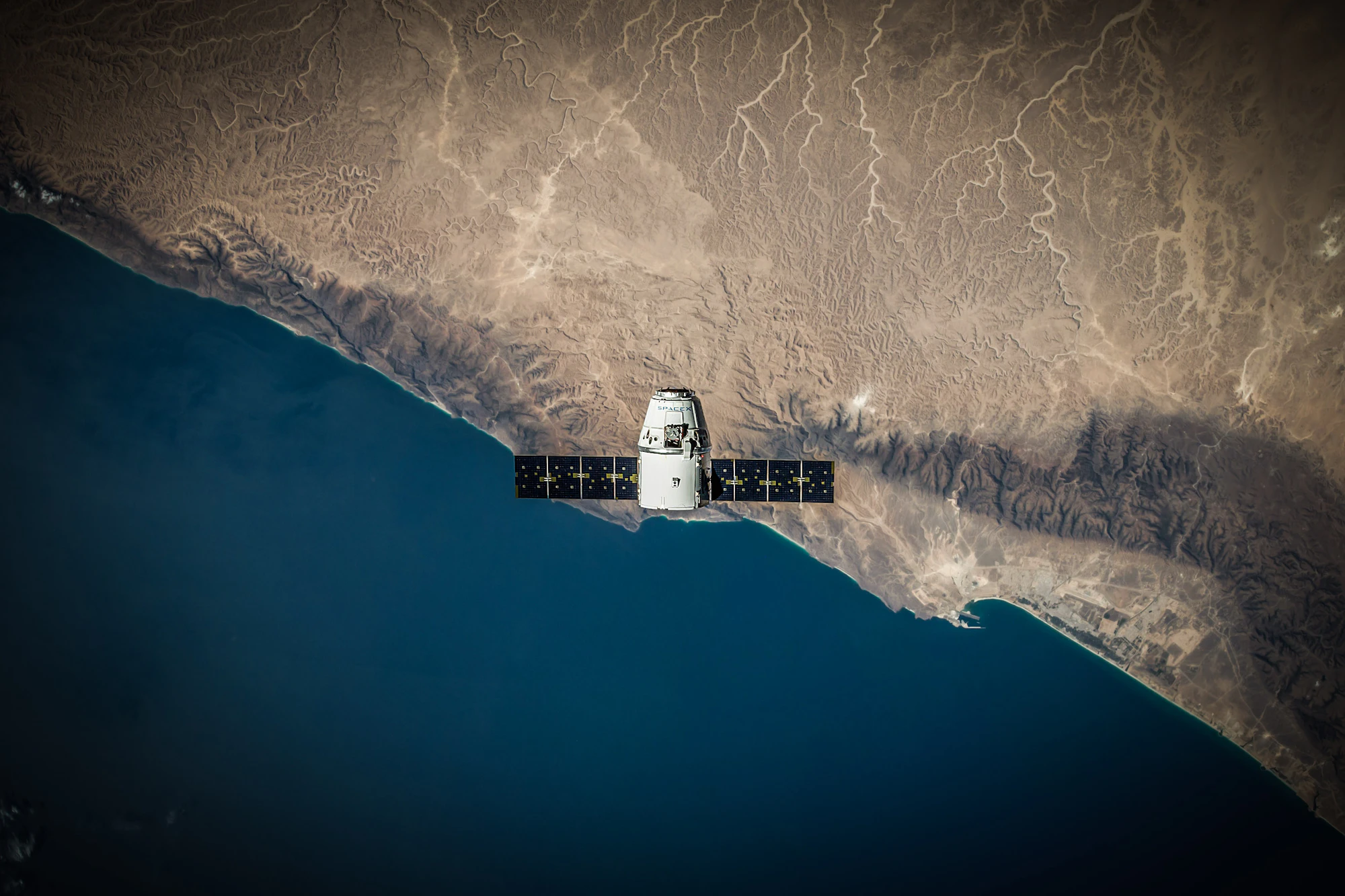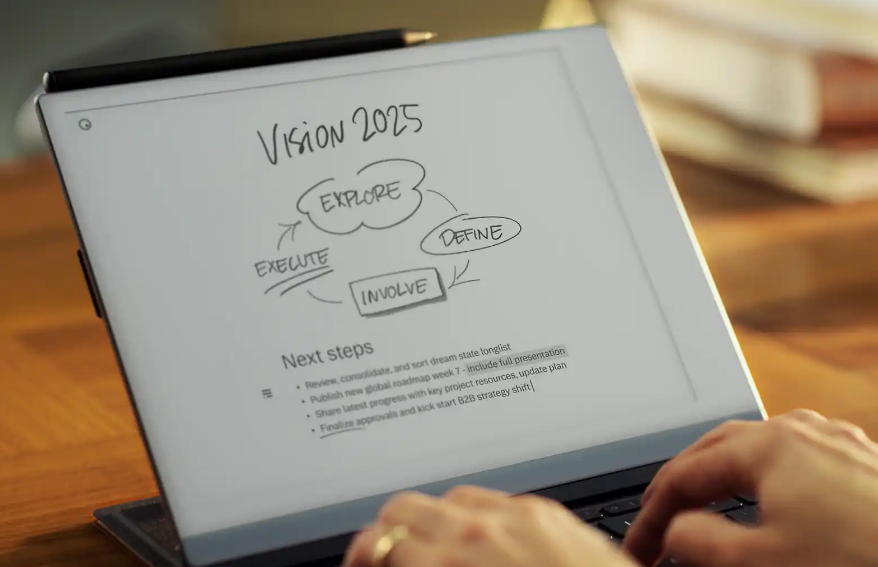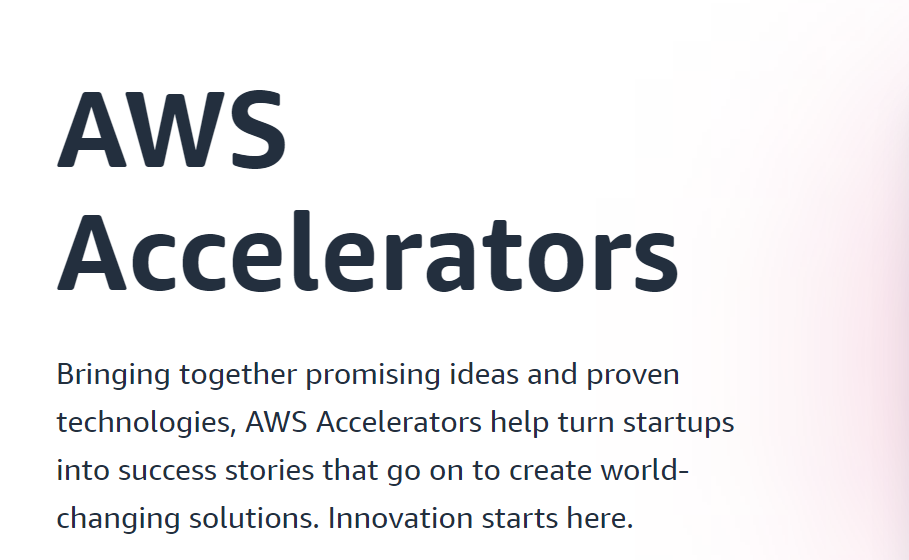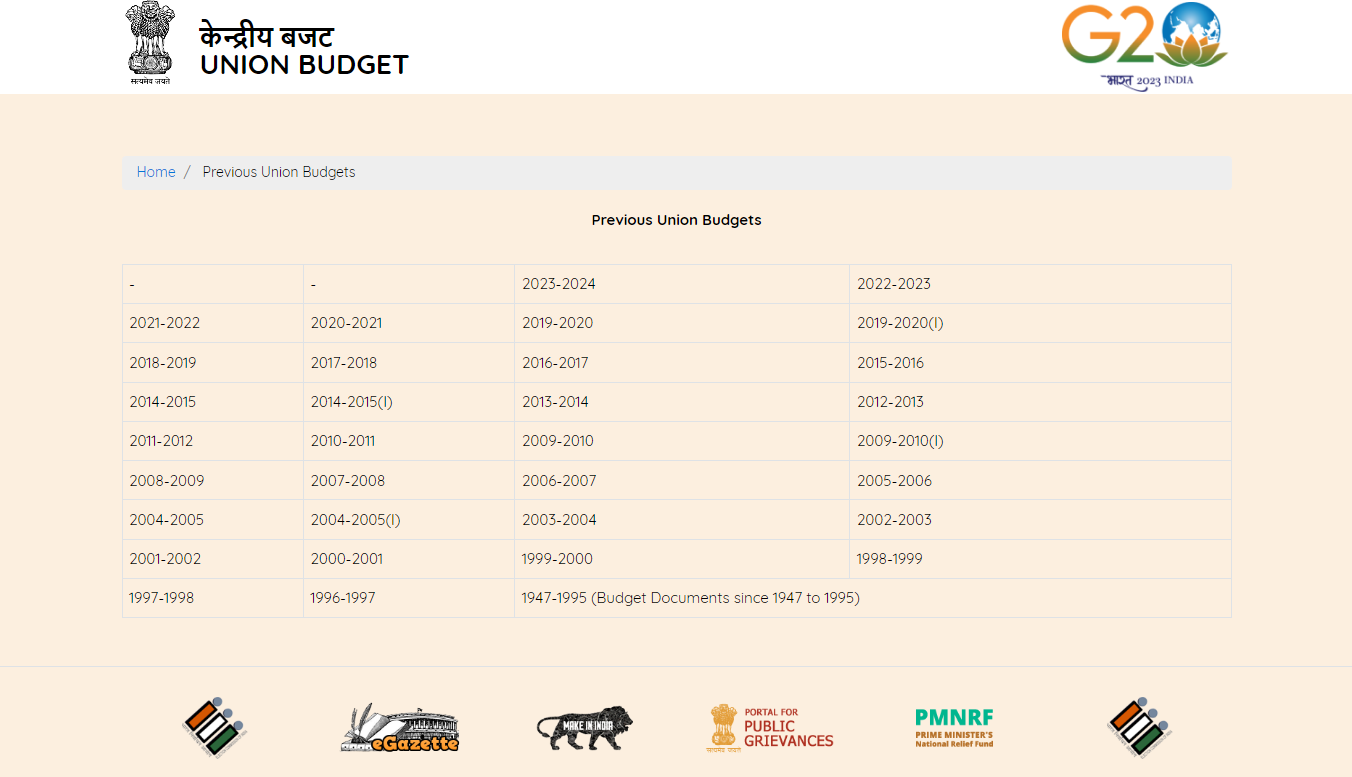Table of contents
- It is Pixxel's third and final satellite, following "Iteration-1" and "Iteration-2," which launched using SpaceX's Falcon-9 and is scheduled to enter orbit on November 26 with ISRO's PSLV.
- Pixxel focuses on developing hyperspectral imaging satellites capable of detecting gasses, methane leaks, subsurface oil, pest infestations, and agricultural problems.
- This project will increase the private sector's global involvement in the space industry and help India greatly.
It is the third and final of Pixxel's demo satellites, a hyperspectral microsatellite capable of taking detailed photos of the Earth (1). The Anand satellite is scheduled to launch into space on November 26, thanks to the Bengaluru-based business Pixxel.
The launch will utilize the Polar Satellite Launch Vehicle (PSLV) of the Indian Space Research Organization (2). This will be the first time the company conducts a launch from Indian soil, as it has already launched two satellites, "Interaction-1" and "Iteration-2," with a SpaceX Falcon-9 rocket from Cape Canaveral, the US (3).
Pixxel is concentrating on developing hyperspectral imaging satellites that can assist in capturing detailed and rich images. Awais Ahmed, the company's co-founder, claims that Anand weighs less than 15 kilograms and can withstand more than 150 wavelengths (4).
Additionally, early detection of gas breaches, methane leaks, subsurface oil spills, pest infestations, and agricultural illnesses is possible, which previous multispectral satellites could not do.
While studying at the Birla Institute of Technology and Science (BITS Pilani) in 2019, Ahmed and his classmate, Kshitij Khandelwal, co-founded the business (5).

What is Hyperspectral Imaging?
There are three types of imaging possible from space:
- Red-Green-Blue Imaging
- Multispectral Imaging
- Hyperspectral Imaging
Hyperspectral imaging collects and analyzes the entire electromagnetic spectrum, which records data at hundreds of wavelengths. Hyperspectral imaging aims to gather the spectrum for every pixel that makes up an image of a scene.
The theory behind this kind of imaging is that it can reveal objects and identify materials in an image that conventional imaging might not be able to. For instance, hyperspectral imaging can provide information on the nutrients that are present in the soil.
The technology also has the potential for use in the environmental field because it could be used to find gas and oil leaks. The data gathered from the three satellites' hyperspectral imaging is being processed according to a plan being developed by Pixxel.
A software platform will also be built to download the figures given by the hyperspectral imaging satellites, which can be used for further analysis. They are also planning to reach out to potential customers in the agriculture, oil, and gas mining sectors and governments worldwide.
The longer-term objective is to construct and deploy 24 commercial hyperspectral satellites in orbit, creating a whole constellation of satellites. Pixxel is testing the first six at its facilities in Bengaluru, with a target launch date of mid-2023.
Pixxel can guarantee that these hyperspectral picture satellites have global coverage thanks to such a constellation. Additionally, this will increase the involvement of the private sector globally in the space industry and have significant positive effects in India.
With private sector involvement, the Indian space sector may look forward to a bright future.













